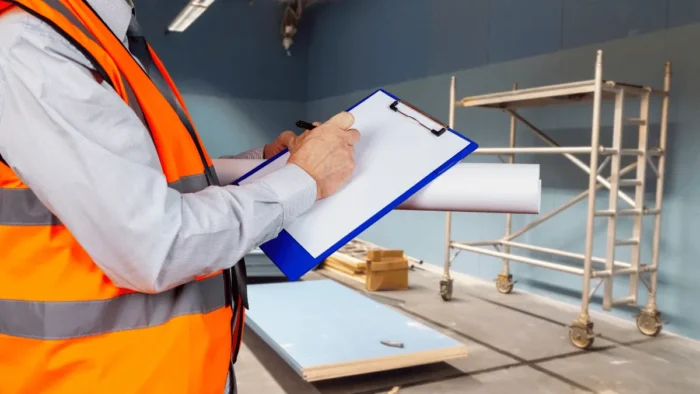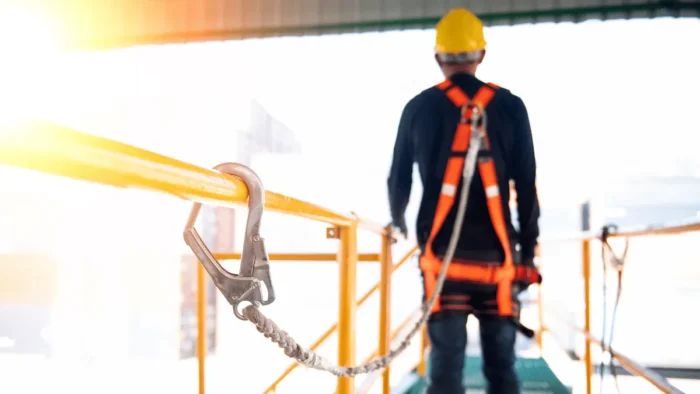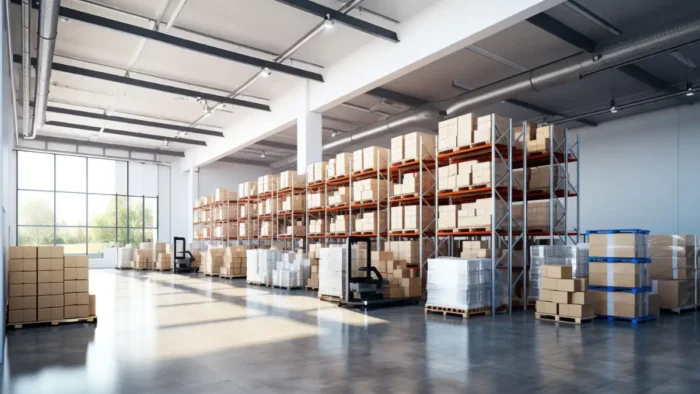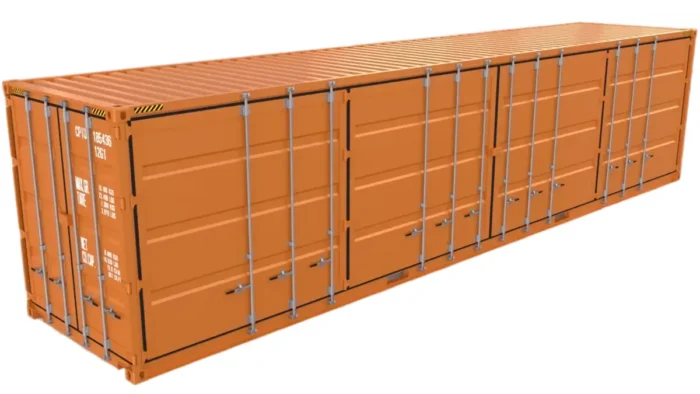Construction sites are busy places where amazing buildings and structures are built. However, they can also be dangerous for the people working there. Accidents and injuries can happen, which can have really bad effects like loss of life, disabilities, and money problems. To prevent these problems, it’s really important to have good safety rules and ways of doing things on construction sites.
It’s important to understand and follow these safety rules, so construction companies and workers can make sure that everyone stays safe and can work without worrying about getting hurt. In this article, we will talk about construction site safety rules to make construction sites safer for everyone.
Machine and equipment safety
When it comes to maintaining a safe construction worksite, safety gear is a critical component. The proper selection and utilization of safety gear can significantly minimize the risk of accidents and injuries. It is essential to prioritize the use of appropriate safety gear to ensure equipment and machinery safety on the construction site.
It is important to carefully select appropriate gear based on a thorough assessment of tasks and potential hazards.Construction professionals can choose gear that complies with industry standards and regulations while providing adequate protection for the tasks at hand.
Personal Protective Equipment (PPE) is a fundamental aspect of equipment and machinery safety. Workers must be provided with the necessary PPE, including items such as hard hats, safety glasses, ear protection, high-visibility vests, gloves, and safety footwear.
Emphasizing the importance of consistently wearing PPE, regardless of the task being performed, is crucial for maintaining a safe working environment. Regular inspections and maintenance of the provided equipment are essential to ensure its continued effectiveness and to promptly replace any damaged or worn-out gear.
Training and education
Training and education are fundamental pillars for maintaining a safe construction worksite. By equipping workers with the knowledge and skills necessary to identify and mitigate potential hazards, construction companies can significantly reduce the risk of accidents and injuries.
One crucial aspect is providing comprehensive safety training for all workers. This training should cover a range of topics, including hazard recognition, proper use of equipment, emergency procedures, and the importance of adhering to safety protocols. By ensuring that workers are well-informed about potential risks and equipped with the necessary knowledge, they can actively contribute to maintaining a safe worksite.
Emphasizing the importance of personal protective equipment (PPE) is paramount. Workers must understand why PPE is necessary, how to use it correctly, and when to wear it. Training should address the different types of PPE required for specific tasks and potential hazards. Reinforcing the consistent use of PPE through ongoing education and reminders helps to establish a culture of safety where workers understand the critical role that protective gear plays in their well-being.

Fall prevention
Fall protection is a critical aspect of maintaining a safe construction worksite, as falls are a leading cause of accidents and injuries in the industry. Implementing appropriate measures to prevent falls and protect workers working at heights is essential.
First and foremost, it is important to implement proper scaffolding and edge protection. Scaffolds should be erected by trained professionals according to industry standards and inspected regularly to ensure their stability and integrity. Guardrails, toe boards, and safety nets should be installed to prevent falls from elevated platforms or edges.
Fall arrest systems play a crucial role in protecting workers in the event of a fall. This includes the use of harnesses, lanyards, and anchor points. Workers who are exposed to fall hazards must be trained on the proper use, fitting, and inspection of fall arrest systems. Regular inspections of these systems should be conducted to identify any defects or signs of wear and tear.
Emergency preparedness
Emergency preparedness is vital for ensuring the safety of workers on a construction worksite. Being prepared for potential emergencies enables prompt and effective responses, reducing the impact of incidents and protecting lives.
Developing an emergency response plan is essential. This plan should outline the procedures to be followed in the event of various emergencies, such as fires, natural disasters, or medical emergencies. It should include evacuation routes, assembly points, and communication protocols. The plan should be communicated to all workers and regularly reviewed and updated to reflect any changes in site conditions or regulations.
Training workers on evacuation procedures and first aid is crucial. All workers should be familiar with evacuation routes, assembly points, and emergency exits. Regular drills and simulations should be conducted to ensure workers are well-prepared and confident in their ability to respond effectively during an emergency.





